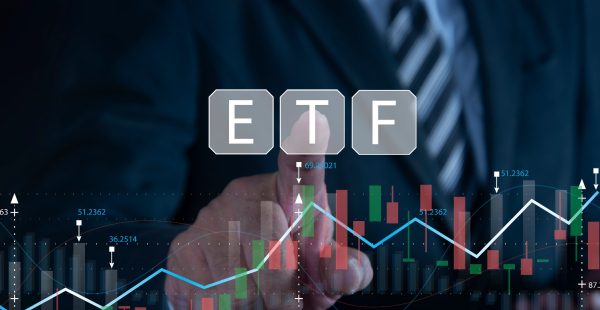APIR pushes for compulsory LEI annual renewals

The company which is the repository of Australia’s funds management APIR code identifiers, APIR Systems, is now pushing for prompt compliance with the compulsory use of Legal Entity Identifiers (LEIs) for over the counter derivative transaction reporting.
But APIR Systems chief executive, Chris Donohoe, wants Australia to go further by requiring annual renewal of the identifiers, claiming to do otherwise will represent a lost opportunity.
It will become compulsory to use the LEIs as of 21 October and Donohoe said this would bring Australia into line with other jurisdictions.
“The LEI’s adoption in OTC derivative transactions will better align Australia’s regulatory system with regulation frameworks in the EU, US and UK,” he said.
“However, the true value of the LEI will only be unlocked when the LEI and its associated data is verified on an annual basis, as is intended under the Global Legal Identifier Foundation (GLEIF) rules. This would maintain the integrity of the system and meet the objectives set by the G20 and the Financial Stability Board when the LEI regime was created,” Donohoe said
“It does question whether the value of Australia’s OTC reporting regime has been diminished by non-compulsory renewal. Australia’s ‘lapse rate’ – the percentage of LEIs that have not been renewed –as at June 2024 was approximately 47% which does not compare favourably to the global lapse rate of 41% or world leading countries such as India which has a lapse rate of 15%.”
The LEI is a structured 20-digit alphanumerical code working much like an ABN; it identifies legally distinct entities engaged in financial transactions and the entity’s ownership structure. The LEI requirement was agreed on by the G20 in response to the GFC. The LEI later formed part of the European Markets in Financial Instruments Directive (MiFID II) reporting regime.
The LEI captures not only the entities participating in the transaction, but also the details of any parent entities and ultimate parent ownership. It unveils, ‘who is who’ and ‘who owns what’ and so is a crucial identifier that will enable regulators to better oversee financial markets and monitor financial stability.
“It is encouraging to see a range of global initiatives leveraging off the potential identity and integrity power of the LEI regime. Many of these initiatives are outside the traditional LEI use cases, however the various regulators need to consider LEI renewal requirements to ensure that these initiatives deliver their intended objectives,” Donohoe said.











If CSLR is the ‘last resort’ please tell us ASIC what measures have been taken before you hit innocent advisers…
ASIC, So who do you think are going to pay your $200m in fines when this lot can’t even pay…
When, oh when, are you going to do an analysis of "wholesale only" advisers who are NOT on the FAR…
I’ve just paid the $1,295 CSLR levy, and honestly, I’m frustrated that my hard-earned money is being used to cover…
Just remind us again how much money a super trustee spent on their 40th birthday party using member funds? What…